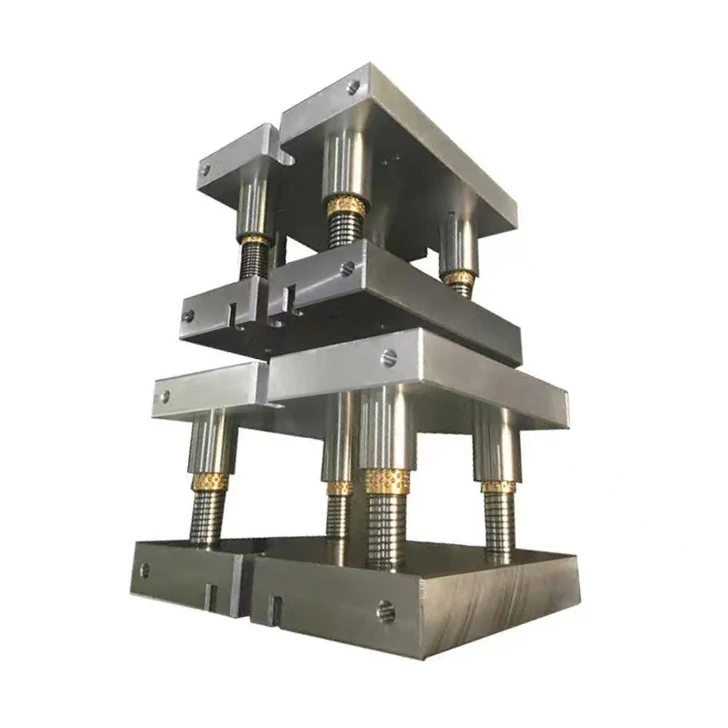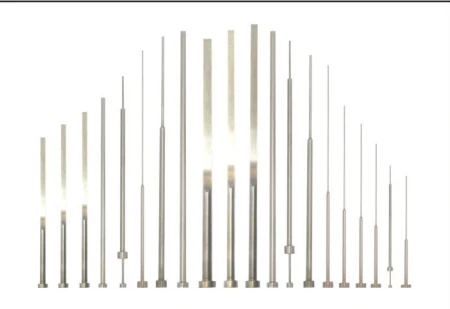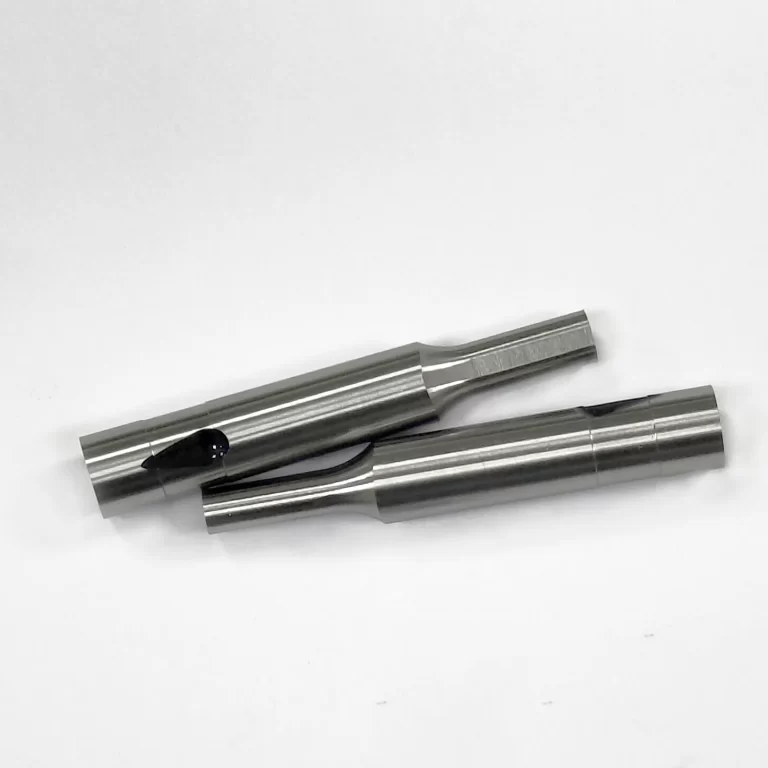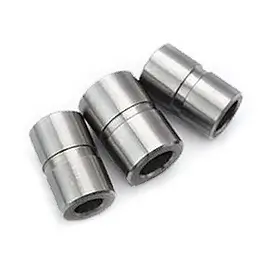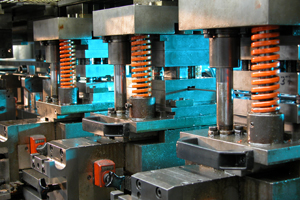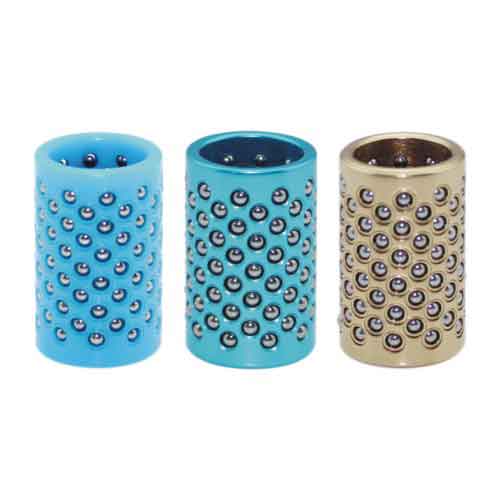Top 6 Tips for Successful Hot Runner Mold Startup and Maintenance
When it comes to initiating and maintaining hot runner molds, a collaborative effort between mold manufacturers and injection molders is critical. Below, we delve into each aspect, providing in-depth insights enriched with professional knowledge:
Table of contents
1. Comprehensive Preparation
Initiating a hot runner mold involves meticulous consideration of various facets, particularly due to the complexity and unique demands associated with hot runner systems. These systems typically encompass multiple heating zones, necessitating precise temperature control. Adequate preparation entails ensuring accurate temperature range settings, injection and cooling times, cycle times, and other crucial parameters. During the design and manufacturing phases, mold manufacturers often collaborate closely with hot runner suppliers to guarantee compatibility between the mold and the hot runner system. This includes considerations for runner design and the selection of mold materials.
2. Refined Heating Procedures
The heating process in a hot runner system is pivotal for a successful mold initiation. Cold starts can result in damage to sensitive components, such as valves and nozzle pins. The heating process typically entails maintaining the entire system at a set temperature for a specified duration to ensure even temperature distribution. This requires precise temperature control and guidance from the hot runner supplier.
3. Troubleshooting Expertise
When launching a mold with valve gate systems, it is imperative to verify the correct sequencing of all gate sequences. This involves understanding the operational sequence of the hot runner system and the intricacies of valve gate systems. Additionally, setup personnel need to be aware of the varying sensitivities of different resins to temperature and shear, thus avoiding unnecessary complications. During the trial period, experimentation is required to determine the optimal processing parameters for the mold to ensure consistent part quality and efficient cycle times.
4. Training and Skill Development
Comprehensive training of the personnel responsible for operating the mold and hot runner system is vital. They must comprehend the complexities of the hot half interface and the operational sequence of the hot runner system. Training also encompasses safety procedures to prevent unnecessary damage and maintenance. The operation of hot runner molds necessitates strict adherence to procedures, especially when opening and closing valve gates, to avoid damage to the system and mold.
5. Proactive Preventive Maintenance Plan
Developing a preventive maintenance plan is essential to minimize downtime and reduce maintenance costs. This plan includes periodic inspections of mechanical components, electrical systems, resin leaks, piston leaks, and cleaning of the runner system. It aids in early issue detection and resolution to ensure efficient production.
6. Early Issue Detection and Resolution
Regular inspections of the hot runner system are vital for early issue detection and resolution. Leak issues deserve particular attention as they can lead to unnecessary downtime and maintenance costs. Inspecting the nozzle tips, runners, and valve gate systems for potential leak sources is crucial. Early issue detection can save on maintenance costs and reduce downtime.

